People don't have to "love" your software to get them to buy it...
And there's a place where all races buy furniture
Hello Gobbledeers,
How’s it going?
I was just thinking - y’know where there’s a giant empty space in the market? That’s right, a middle-aged white guy doing a podcast.
Fret not, my friends (also my enemies who read this because they needed a hate-read), those days of not having a middle-aged white guy blabbing in your ear are over. Finally!
That’s right, the Gobbledy Podcast is back after a 2 year hiatus, and it’s, well, maybe not better-than-ever, but certainly, roughly-the-same-as-whatever-you-previously-thought than ever. And what more could you ask for than that (podcast-wise)?
[That’s a rhetorical question - there’s lots of other podcasts you could ask for. Here’s one idea: Is there a Sesame Street re-watch podcast hosted by the Golden An guy?
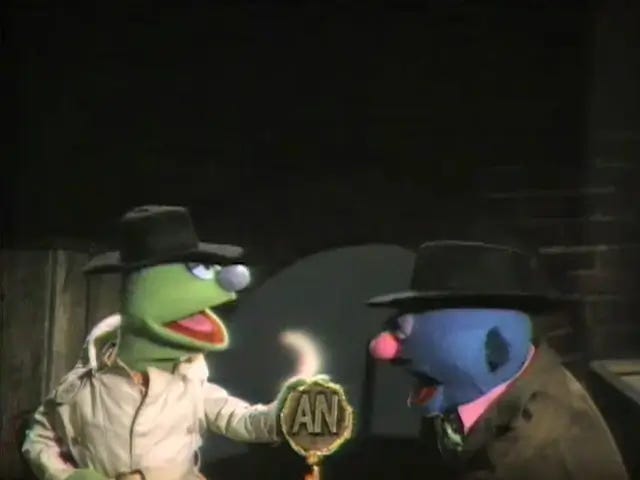
No, there isn’t. But there should be!
But what we DO have is the Gobbledy Podcast, 15 minutes every Friday where we talk about a marketing story. Painless! Last week we talked about Southwest Airlines and lessons for marketers about the importance of understanding a company’s financial situation.
Subscribe on Apple Podcasts or Spotify.
Thanks for the support!
The Sofa of Peace and Understanding
I understand that nobody subscribes to Gobbledy because of the occasional deep dives into the genre of oddball local commercials. Deep dives into oddball local commercials are just an occasional added bonus of subscribing to this newsletter.
Long-time readers may remember what I think has to be my favorite commercial ever, this incredible piece of work from Alabama-based mobile home reseller Cullman Liquidation. Why is it my favorite? Maybe because it features the owner of the company (for reasons that aren’t clear) noting that “A bouncer in Birmingham hit me in the face with a crescent wrench five times, and my wife's boyfriend broke my jaw with a fence post. So if you don't buy a trailer from me, it ain't gonna hurt my feelings.”
(My wife’s boyfriend?)
So one way to do a local commercial is to be quirky and memorable, but sincere. And what’s more sincere than a used mobile home dealer telling you that he doesn’t care if you buy his mobile homes, and also some of the mobile homes have stains?
Sincerity works, especially since in a very local business like that, where everything is based on relationships and word-of-mouth. Using the commercial to set expectations while building awareness and then meeting those expectations seems like a perfectly reasonable marketing strategy (especially if a bouncer once hit you multiple times in the face with a crescent wrench.)
Another option for local commercials is to directly address issues of local concern in your community. That’s a way of saying to your prospects, “we truly understand your needs.”
The open-minded people at High Point, North Carolina’s Red House Furniture had an idea of how they could create a commercial that would address an incredibly pressing issue in their community.
Let me state here: Gobbledy reader Jackie C. sent this commercial to me, and I cannot believe I’d never seen it. I’m disappointed in myself. It’s like if reader Jackie C. wrote me and said, “Hey, have you ever heard of this musical group called The Beatles? I think you’d enjoy their music.” And I responded, “Who are they? Can you send me one of their songs? Also, what is music?”
Anyway, back in 2009 the team at Red House Furniture knew that North Carolina, like all of the country, was struggling with addressing racism*.
(*Ahem.)
They decided that they, alone, could address some of the foundational issues of the country by ensuring people in the High Point, North Carolina, region that Red House Furniture is great for white people AND for black people.
And they way they did that was by having someone in a commercial say, “I’m black and I love the Red House,” and another person say, “I’m white and I love the Red House.”
I don’t mean that that was the implication of the commercial. I mean that that is what the people in the commercial said.
Also, there’s an amazing jingle: “The Red House…where black people and white people buy furniture.”
Behold:
Yeah.
At the reeeeedddddd houuuuussseeeee.
(Enjoy singing that to yourself 9 hours from now!)
There’s always a lesson, and my takeaway from this is that you can screw around all day long trying to wordsmith something so you hope that the reader understands the key benefits of your product.
Or you can just be as clear as day, and not try to wordsmith anything at all, and just tell people, “Fluzzio.ai is what HR people use when they want to provide HR services to their team.” Or, y’know, whatever. (Of course that would require actually knowing why someone should buy your product, which is for many, many [so many] reasons more challenging than it sounds.)
But I also wanted to share one way NOT to try to sell your product…
I Love Not Loving This Expense Management Tool
Back in 2022 I wrote about an odd trend in HR software websites where they described their products as being “fun” to use:
Greenhouse: “We make the hiring process organized and seamless for everyone involved (and even a little fun)…”
BambooHR: “Who knew payday could be fun for everyone?”
Breezy: “Make it fun and easy for job candidates to apply and interview…”
HiBob: “Let’s delve deeper into why modern HR platforms should be functional, flexible and fun…”
Gusto: “The people at Gusto are so helpful, and the software is just so easy and even fun to use…”
A few things to note:
I don’t know why anyone thought that HR software had to be “fun” to use. It is a utility, and it doesn’t need to be fun. I was a little concerned that companies suggested these products were “fun” because women are disproportionately represented in HR, and “fun” was considered a concept that would appeal to women (as Cyndi Lauper once noted re: girls), rather than “powerful” or whatever. I could be wrong about that, but the concept of “fun” HR software always felt off. In any case, if you’re doing payroll, the software just has to make sure everyone gets paid. I’m not sure why it would have to be “fun.” Maybe it’s a relic of an earlier, breezier time when tech companies wanted to create a “fun” environment at the office for everyone (bring your dog to participate in the hula hoop contest! Winner gets 4 avocados!)
None of those companies use the word “fun” anymore to describe their product. I assume it’s because they subscribe to this newsletter.
Or maybe it’s because of what I’m about to show you:
Here’s a block from the current website of Gusto, one of those HR software companies that used to be “fun”:
Wow, that does look fun. There’s the team and they’re holding signs that they stole from a bat mitzvah photo booth, and it appears it’s Gusto’s 3rd birthday or their 33rd birthday or they raised $3 billion a couple years ago or they fired 3% of their staff, or I don’t really know. That’s not why I’m showing it to you.
I’m showing it to you because if you’re creating marketing assets, you should have a creative director whose job it is to make sure that the photo reflects the story you’re trying to tell.
Because it would’ve been easy enough for someone to have pointed out the gentleman in the photo - the one over on the left who is in charge of the “Party Zone,” as it were - should pretend that he was not forcibly dragged from his seat to participate in this event:
Mr. PZ wants no part of this. And I’m man enough to admit - that would’ve been me, had someone dragged my ass to the Party Zone to take part in this photo shoot.
My point is that HR software does not have to be fun, and pretending is has to be fun is silly, much like how Mr. PZ can go about his day at Gusto without having it be fun and he can still be successful. Fun is not why someone buys your work software.
A little while back I called out Monday.com because of some goofy grammar on their website (“Made for work, designed to love”) and in my snark I missed that they’re trying to own “love” as part of their marketing - that weird copy ties in with a broader campaign they’re running about people loving the software (the fact that it took me 2 months to figure that out suggests that maybe it’s not working as intended).
I wanted to mention it here, because, like suggesting your work software is “fun,” I think you are missing an opportunity if you are just selling your software as something your team will “love” to use.
Here’s an ad that Monday.com is running in the subways here in NYC (and that I captured in a terrible photo I took while someone was screaming in the car and someone else was playing music, and also it was SHOWTIME1 and, I just have to assume, someone was preparing to go to the bathroom):
Look. I don’t think every bit of copy has to be literal. If Monday wants to say that you’ll love analyzing dashboards (?), by all means, you do you.
They’re not the only ones using the “you’ll love this” construction (which suggests maybe they should find another angle here.) This is from product reviews platform Reviewflowz (yeah, that ‘z’ at the end…)
What’s annoying about this is that Monday - like those HR platforms - can actually provide users with emotional benefits that go beyond “it’s fun” or “you’ll love it!”
Maybe it’s not a big thing, but if you do payroll for a company, and your team gets paid on time every week, you’re a hero. That’s great. I’m guessing nobody goes into Payroll because they want a ton of recognition (or a Waffle Party). But there’s satisfaction in knowing that people are relying on you, and that you’re coming through every week. There’s lots of ways to say that that don’t involve “fun.”
Monday has a similar opportunity…
I’m old. I’ll just put that out there. There are people older than me, but one thing I’ve noticed is that there are fewer people older than me as time goes on. Weird how that works.
But as an old person I can tell you that I was working in eCommerce when very early web analytics software Omniture was introduced. And we used it ages ago when I was working at Tommy Hilfiger. Here’s what I can tell you:
Before Omniture, you had very little (or no) idea what the hell was happening on your eCommerce site. Yes, someone could pull reports for you. But as a business user you couldn’t just pull up a tool and figure out whether a marketing campaign was working, or which sweaters were selling, and where people were leaving your website. You were, in fact, very much in the dark. You felt lost and clueless.
Until Omniture came along (yes, there were other tools, but Omniture was so great). You felt like a goddamned genius.
You didn’t use Omniture because you loved finding out the average unit retail price of men’s polos. You used it because it made you light years better at your job. You could make smart decisions about your business. You could help your teammates make smart decisions about your business. You knew more about your business than your counterparts in the stores division, because they got reports sent to them once a day (at best). You were, somehow, a savant.
Your product’s users may not have an emotional connection to your product, but I am 100% certain they have an emotional connection to the output of using the product. There are lots of ways to figure out what that emotional connection is (only 1 of which involves hiring me), but if you can get your arms around that, it’ll unlock great messaging. And if you don’t, well…
As always, thanks for reading to the end - it’s the best part. If you’ve gotten this far and forgotten to subscribe to the Podcast, consider this your reminder. And also as always, if you want to talk through a marketing challenge, or discuss who should get the waffle party, here’s my Calendly link so we can chat for 30 minutes. I’d enjoy that.
For those of you who have never been to New York City, here’s SHOWTIME:
The MTA (the organization that runs the subway) ran a campaign a few years ago trying to discourage SHOWTIME. The ads looked like this:
And it made me laugh every time I saw it because THAT’S EXACTLY WHAT SHOWTIME LOOKS LIKE.
Also, like how “white people and black people buy furniture” works (inasmuch as it works) because of its directness, I appreciated that the MTA said that the subway was “no place for showtime” rather than saying, “Dear groups of teens, please don’t perform dance and acrobatic routines where you nearly kick strangers in the face” and instead called it SHOWTIME, since that’s what everyone calls it.




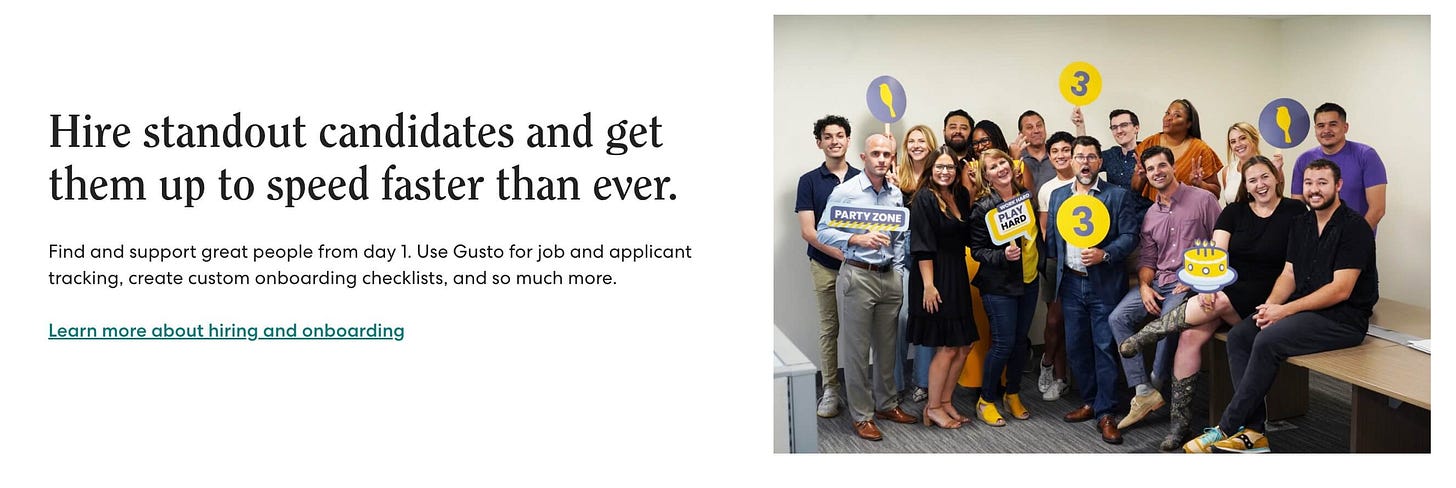
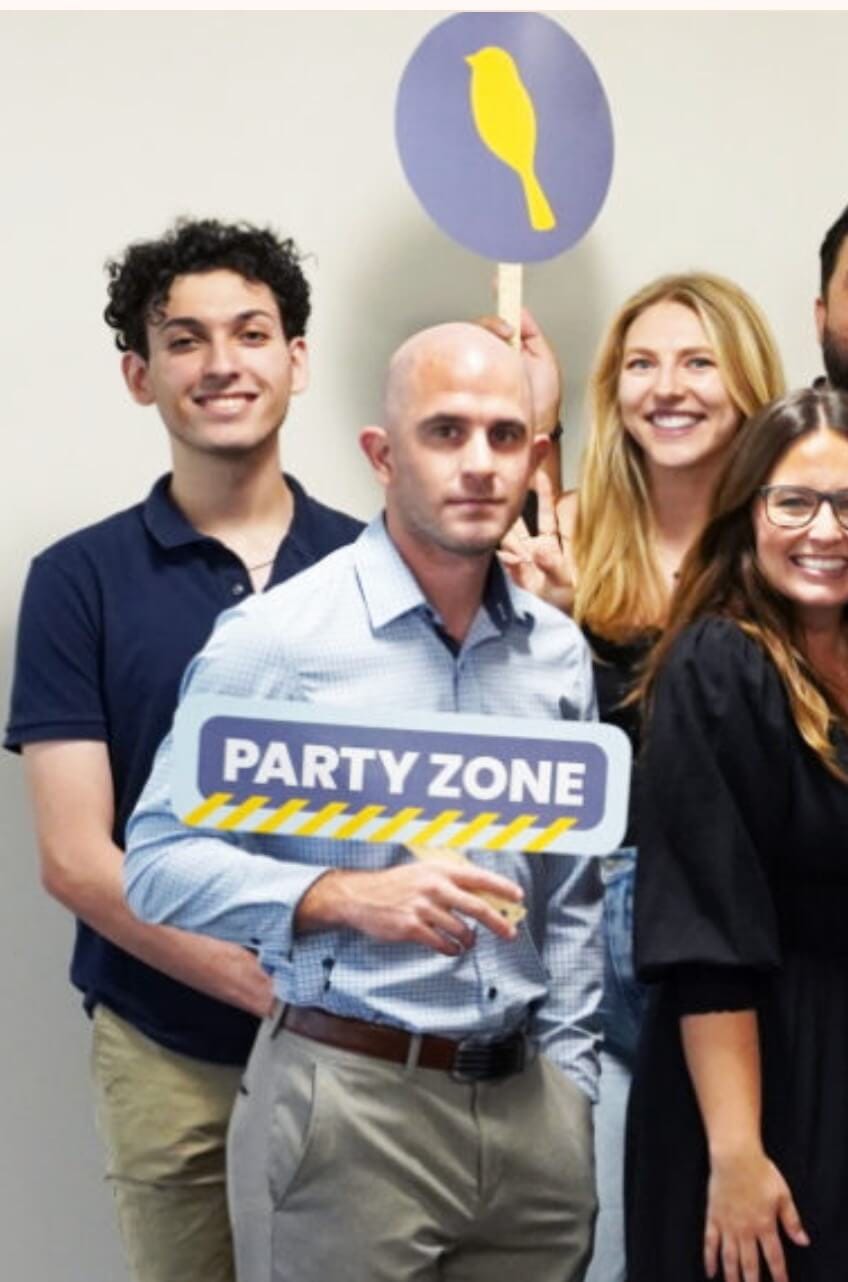

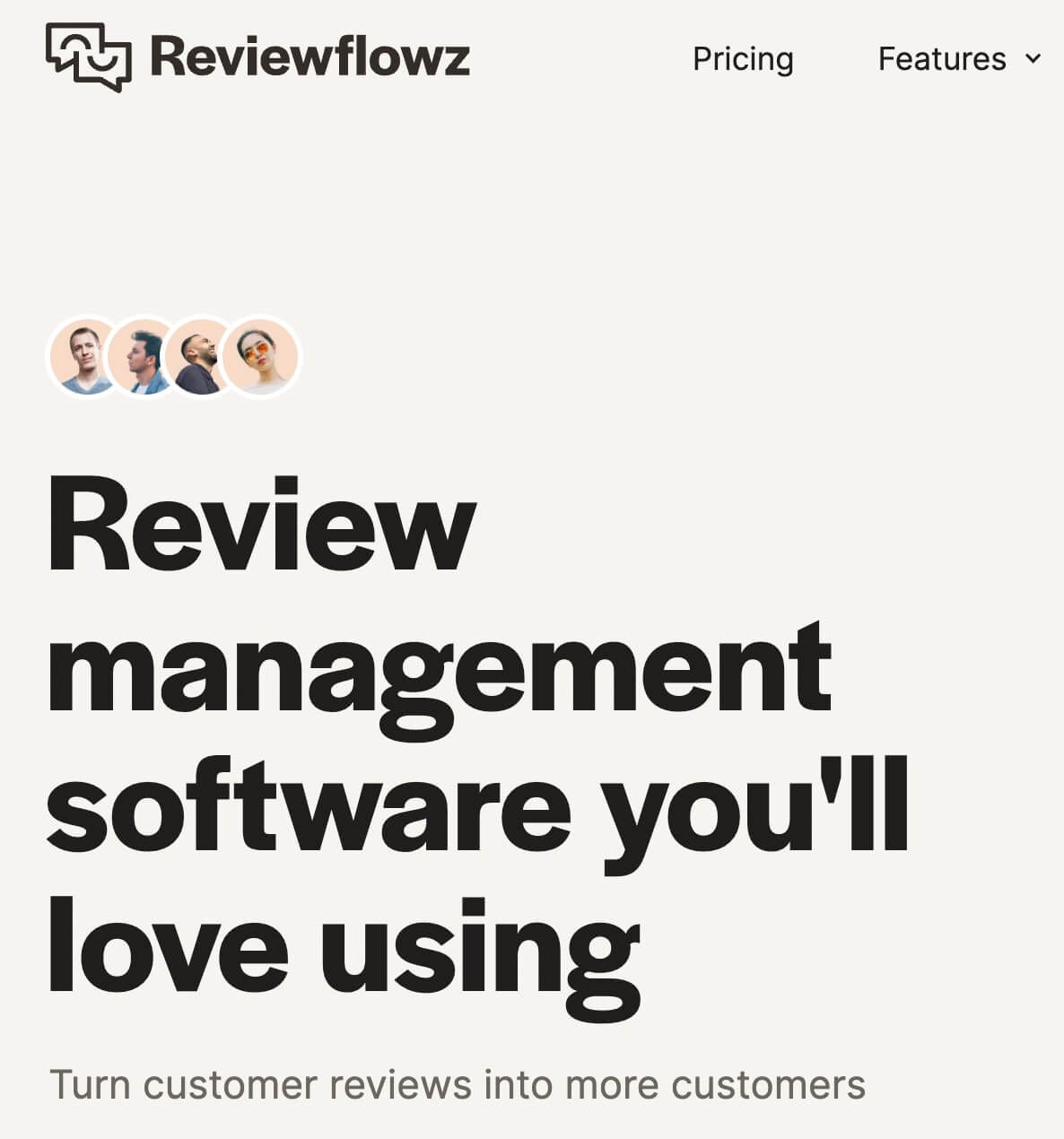
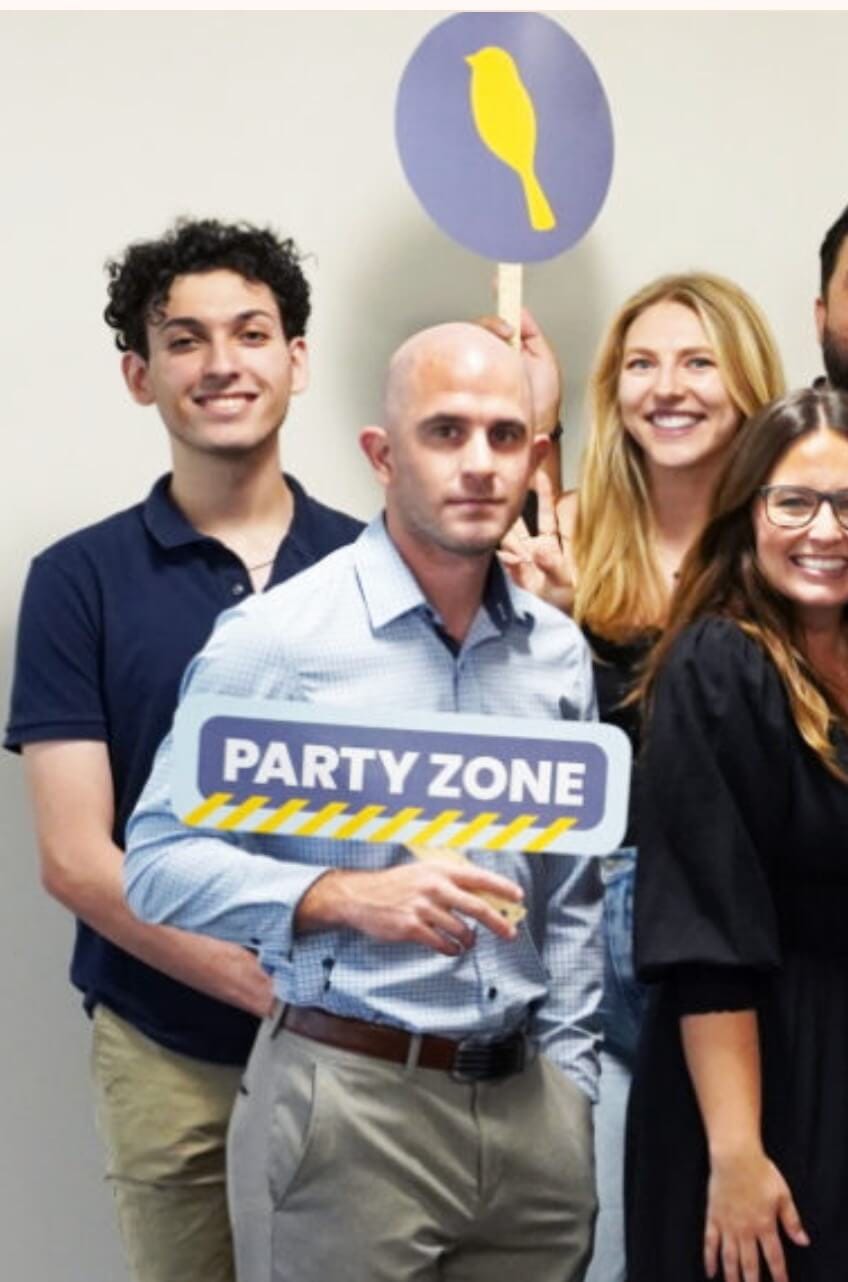
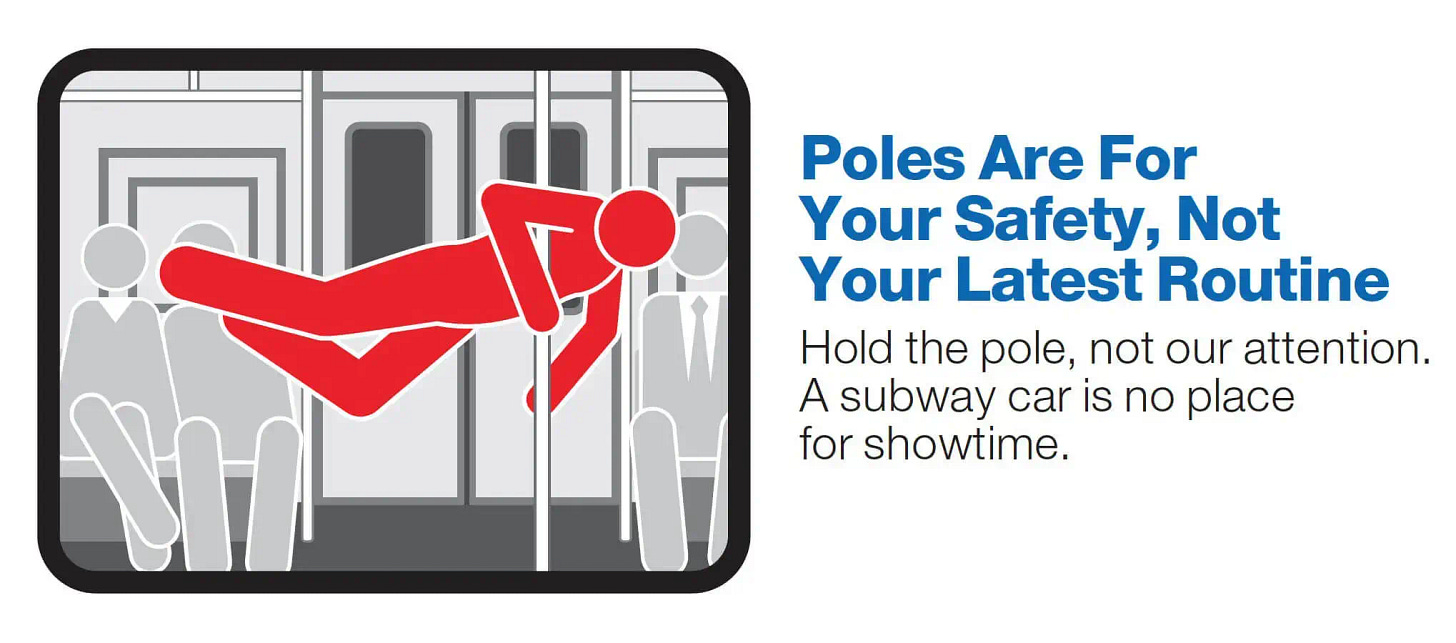
As a car commuter, something I can never properly understand is how subway commuters can show absolutely no reaction when somebody enters a train and starts walking on the ceiling WHILE it’s moving! I mean, I “love” software marketing, but that would be the best part of my day.
Nailed it. Somewhat-like-every-other-time.